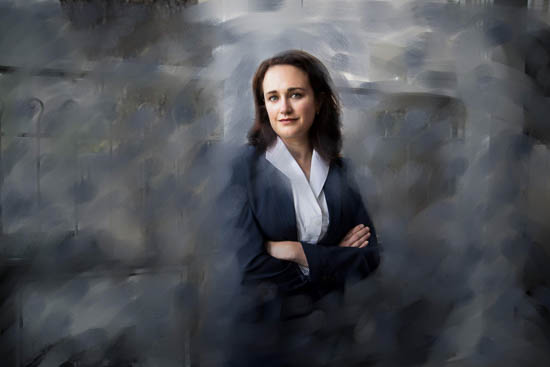
Images has been through a huge transformation over the past couple of many years. From movie rolls and darkrooms to mirrorless cameras and AI editing, the evolution has long been rapid and relentless. What was when an analog craft now leans heavily to the electronic realm, and for many photographers, this change presents equally option and obstacle. Those that fail to adapt chance currently being still left powering in the aggressive industry wherever keeping existing is critical. Knowledge how pictures has progressed is step one in recognizing the importance of staying aligned with nowadays’s slicing-edge resources and techniques.
In the past, a photographer’s ability was measured mainly by their capability to work with handbook configurations, lighting, film varieties, and Actual physical prints. Acquiring photos necessary chemical knowledge and entry to a darkroom. Having said that, electronic cameras disrupted the status quo, creating pictures a lot more obtainable and fewer costly. Along with the increase of DSLRs and mirrorless methods, photographers now not required film or advancement labs. Instantaneous picture previews, better ISO abilities, And large storage selections intended photographers could shoot a lot more, experiment freely, and study more quickly. But this digital growth also released new issues—competition amplified, and basically proudly owning a good camera was not ample to stick out.
These days, the images business is deeply intertwined with technologies. AI-pushed editing resources like Lightroom’s matter masking or Photoshop’s generative fill have redefined post-processing. Platforms like Skylum Luminar and Topaz Labs provide sound reduction and graphic upscaling that would are actually unachievable ten years in the past. Even smartphones, when mocked by experts, now make superior-resolution RAW illustrations or photos and offer Highly developed attributes like portrait manner, night time images, and real-time HDR. The taking part in field has shifted radically, and traditionalists must acknowledge that newer technological know-how normally improves rather than diminishes the art of images.
Over and above components and application, know-how now dictates how photographers link with clientele and grow their enterprises. Social networking platforms, Search engine optimization-optimized websites, and automatic scheduling programs are important for advertising and marketing and outreach. Google look here My Business more info profiles, geotagged photographs, and on the internet critiques generally decide whether or not a customer chooses a person photographer over One more. Industry experts who remain offline or depend exclusively on term-of-mouth promoting limit their publicity and possible progress. Embracing these digital tools doesn’t just help photographers continue to be relevant—it enables them to work smarter and get to broader audiences a lot more effectively.
The increase of AI in pictures is particularly transformative. Synthetic intelligence can now assess facial capabilities to automobile-proper lights, easy skin, and in some cases swap backgrounds in an individual click. AI-pushed culling software allows photographers sift as get more info a result of Countless pictures, selecting the best images dependant on expression, sharpness, and composition. In-studio, AI-Improved lighting units mechanically modify publicity and harmony based on issue situation. These resources don’t switch the photographer's Innovative eye—they amplify it. People who devote time in Finding out AI look here attributes get a competitive edge in both equally speed and high-quality.
In summary, photography is no more just about mastering the shutter or figuring out the golden hour. It’s about adaptability. The craft has become check for more a dynamic combination of artwork, science, and engineering. Photographers that are willing to evolve—who find out new program, invest in smarter gear, and embrace AI and electronic marketing—are greater positioned for extensive-term accomplishment. Those who resist, clinging to out-of-date techniques or dismissing technological developments, may well before long locate by themselves irrelevant in a quick-paced Visible environment. To stay competitive and creative, photographers have to not simply sustain with the evolution of photography—they must lead it.